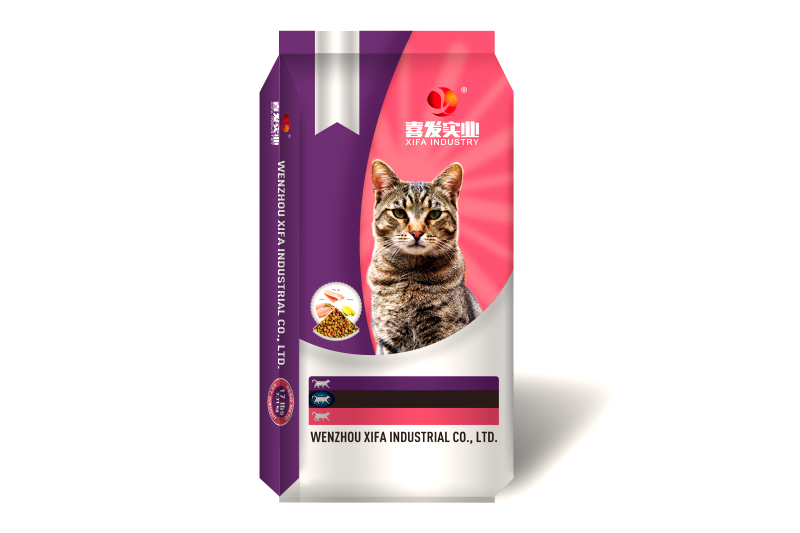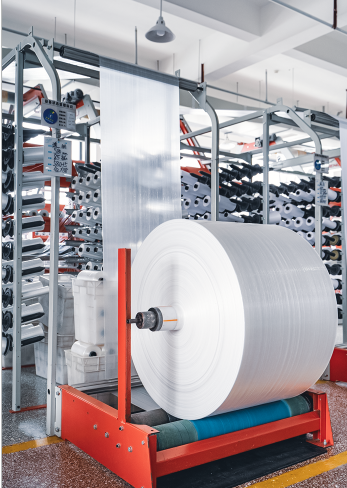
Printing on polypropylene bags typically involves steps such as surface preparation, ink selection, and printing using suitable methods like flexography or screen printing.
It’s essential to ensure proper surface cleaning, use compatible inks, conduct test prints, and follow recommended curing processes to achieve optimal adhesion and durability of the print while avoiding damage to the bags.
Yes, polypropylene bags can be printed on, allowing for customization with logos, designs, or product information to meet specific branding or marketing needs.
Ensure the surface of the woven polypropylene bag is clean and free from any dirt, dust, or moisture that may affect the printing process.
Select an appropriate printing method such as flexography, gravure printing, or screen printing based on the design, quantity, and desired quality of the print.
Choose ink suitable for polypropylene surfaces, such as solvent-based or UV-curable inks, to ensure adhesion and durability.
Apply the selected ink onto the surface of the woven polypropylene bag using the chosen printing method, ensuring even coverage and adherence to the material.
If using UV-curable inks, cure the printed bags using ultraviolet light to polymerize the ink and achieve maximum adhesion and durability.
Similar to woven polypropylene bags, ensure the surface of the non-woven polypropylene bag is clean and free from contaminants before printing.
Choose an appropriate printing method such as screen printing or heat transfer printing based on the design and desired quality of the print.
Select ink specifically formulated for non-woven polypropylene surfaces, ensuring compatibility and adhesion to the material.
Apply the chosen ink onto the surface of the non-woven polypropylene bag using the selected printing method, following the manufacturer’s instructions for optimal results.
Depending on the type of ink used, curing may be required to ensure proper adhesion and durability of the print.
1. Surface Preparation: Properly clean and prepare the surface of the polypropylene bags to ensure optimal adhesion and print quality.
2. Ink Compatibility: Use ink specifically formulated for polypropylene surfaces to ensure good adhesion and durability of the print.
3. Testing: Conduct test prints and curing processes on sample bags before full production to verify ink compatibility and print quality.
4. Curing: Follow manufacturer recommendations for curing processes, especially for UV-curable inks, to achieve maximum adhesion and durability.
5. Handling: Handle printed polypropylene bags with care to avoid damaging the print, and allow adequate drying or curing time before stacking or packaging.




